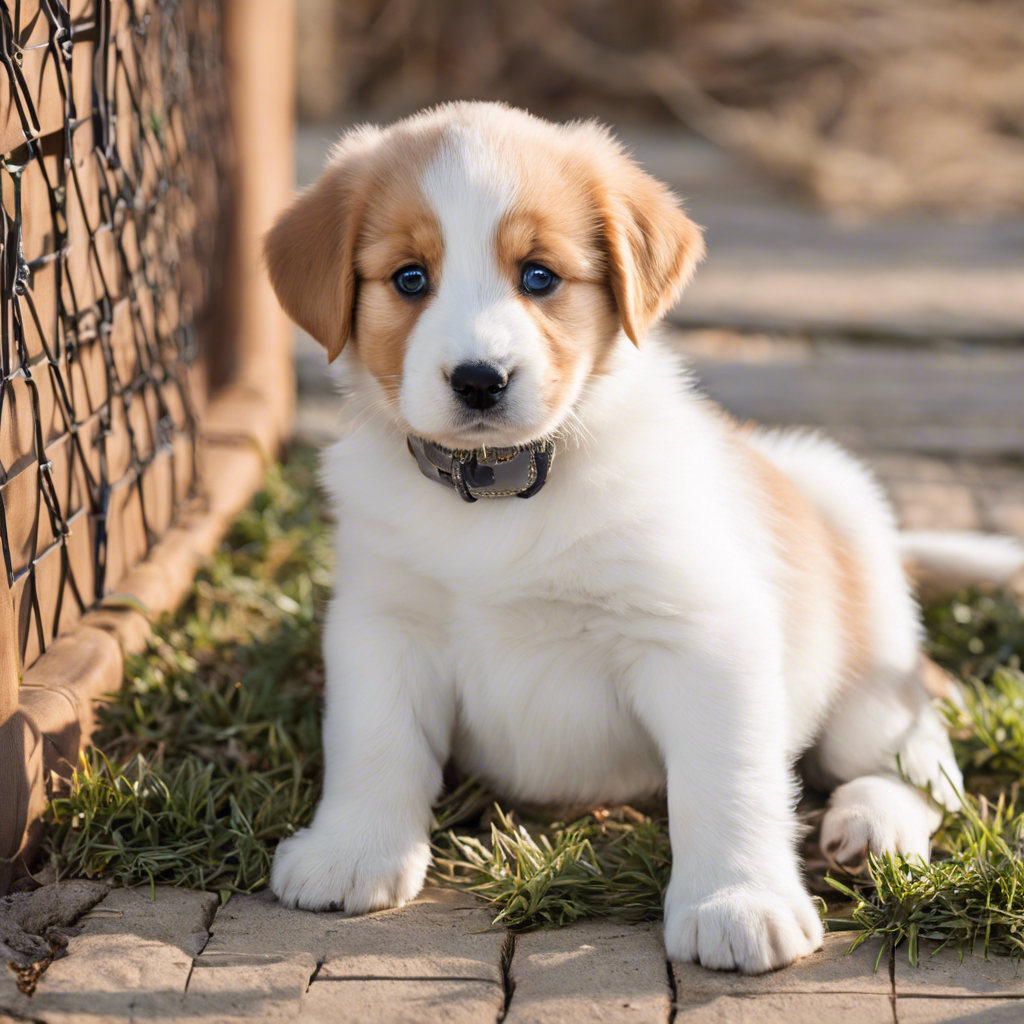# Teaching Your Puppy to Be Alone: Tips for Preventing Separation Anxiety
Bringing home a new puppy is an exciting and heartwarming experience, but it also comes with the challenge of helping your furry friend adjust to spending time alone. Many puppies struggle with being separated from their owners, leading to separation anxiety and unwanted behaviors. However, with patience, consistency, and the right approach, you can teach your puppy to be comfortable and confident when left alone, preventing potential separation issues. Here’s a comprehensive guide to help you navigate this essential aspect of puppy parenting.
## Understanding Puppy Behavior
Puppies, like human babies, are social creatures and naturally crave companionship. In their early development, they rely on their mother and littermates for comfort and security. When they join your family, you become their new source of comfort and security. Being left alone can be stressful for them, triggering anxiety and distress. Separation anxiety often manifests as destructive behaviors, excessive barking, or accidents in the house, making it crucial to address this issue early on.
## The Importance of Early Training
Starting the process of teaching your puppy to be alone from day one is ideal. This early training will help your puppy develop the skills to self-soothe and feel secure even in your absence. As your puppy grows and matures, they will have learned to associate alone time with positive experiences, reducing the likelihood of developing separation-related issues.
## Creating a Safe Haven
The first step in this journey is to create a dedicated space for your puppy—a safe haven where they can retreat when you’re not around. This could be a puppy playpen or a designated room with their bed, favorite toys, and water. Make this space cozy, comfortable, and filled with items that carry your scent. Your puppy will feel more relaxed and secure in this familiar environment when you’re not present.
## Gradual Separation Exercises
Now, let’s dive into the training process:
1. **Short Absences:** Begin by leaving your puppy in their safe space for short periods while you move to another room or step outside. Keep these initial separations brief, gradually increasing the duration over time. This teaches your puppy that being alone is normal and temporary.
2. **Establish a Routine:** Puppies thrive on routines. Develop a consistent schedule for feeding, playtime, and potty breaks. This predictability will help them understand what to expect and reduce anxiety during your absences.
3. **Desensitize to Departure Cues:** Puppies often associate specific cues with your departure, like grabbing your keys or putting on shoes. Desensitize them to these triggers by performing these actions without leaving. Over time, they’ll learn that these cues don’t always mean you’re leaving, reducing their anxiety.
4. **Provide Stimulation:** Offer puzzle toys or chews to keep your puppy occupied when you’re away. This not only prevents boredom but also teaches them to associate alone time with positive, engaging activities.
5. **Avoid Making a Fuss:** Keep your departures and returns calm and low-key. Overly emotional goodbyes or enthusiastic greetings can unintentionally reinforce their anxiety. A calm demeanor will send the message that alone time is a regular part of the day.
## Dealing with Challenges
During this training, your puppy may whine or bark when you step away. It’s essential to ignore this behavior and only return when they are quiet. Coming back immediately reinforces the idea that their vocalizations get your attention. Instead, wait for a pause in the noise and then reappear, rewarding them for their brief moment of calm.
## The Power of Positive Reinforcement
Positive reinforcement is a potent tool. Reward your puppy for good behavior with treats or praise when they remain calm during short separations. Gradually increase the time you’re away before rewarding them. This encourages your puppy to associate your absence with positive outcomes.
## Building Independence
Encourage independent play by providing various toys and activities. Rotate these items regularly to maintain novelty and interest. This not only keeps them entertained but also helps build their confidence in their ability to self-soothe and have fun on their own.
## Gradual Progression
As your puppy becomes more comfortable with short absences, gradually increase the duration of your departures. This might mean stepping outside for a few minutes, running a quick errand, or leaving for an hour or two. Always return before they become distressed, and continue to reward calm behavior.
## Consistency is Key
Consistency is vital in this process. Puppies are quick learners, and they’ll pick up on any inconsistencies in your behavior. Make sure all family members follow the same routine and rules to avoid confusion and set your puppy up for success.
## Managing Real-World Scenarios
Prepare your puppy for real-life situations like workdays or social outings. Practice leaving them for periods equivalent to the time you’d typically be away. This helps them understand that your longer absences are also temporary, reinforcing their newfound confidence.
## Professional Guidance
If your puppy struggles despite your efforts, consider seeking guidance from a professional dog trainer or behaviorist. They can provide tailored advice and strategies to address specific challenges.
## Final Thoughts
Teaching your puppy to be alone is a process that requires patience, understanding, and consistency. It’s a critical aspect of puppy parenting that will pay dividends in the form of a well-adjusted, confident dog. Remember, this journey is as much about teaching your puppy as it is about building trust and a strong bond between you. Embrace the progress, be patient with setbacks, and celebrate the milestones along the way.

